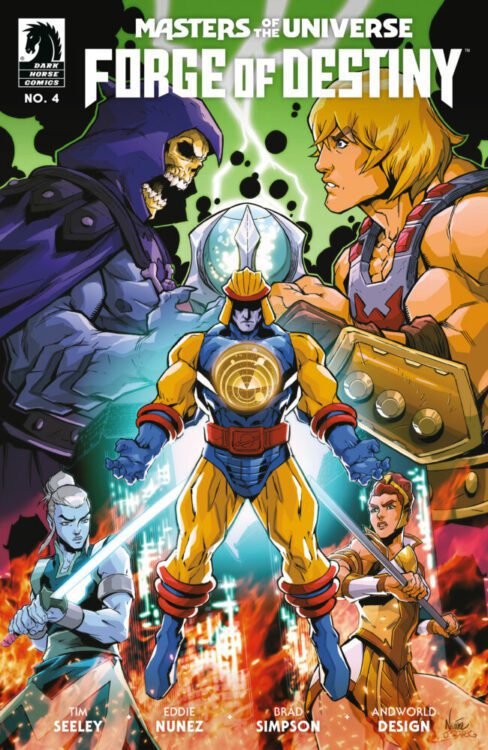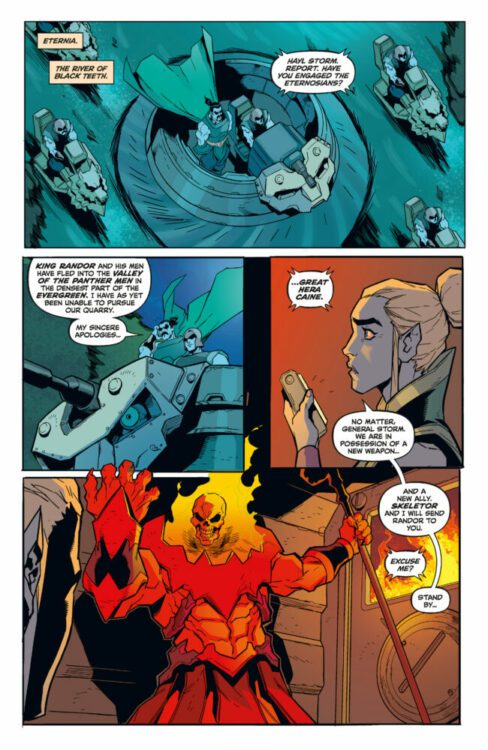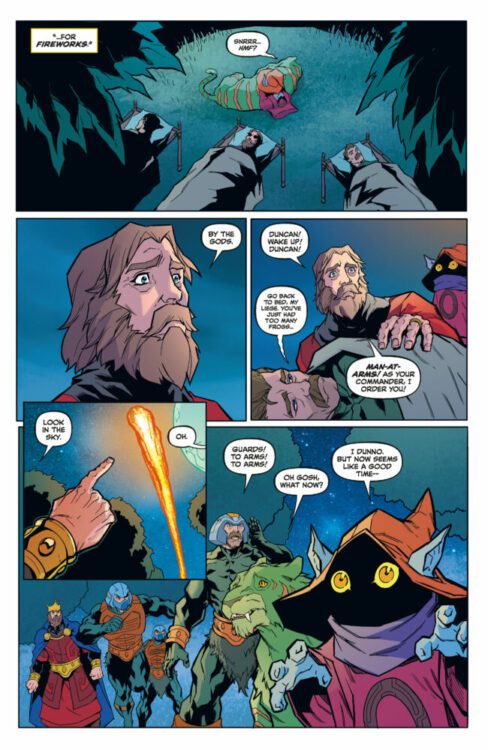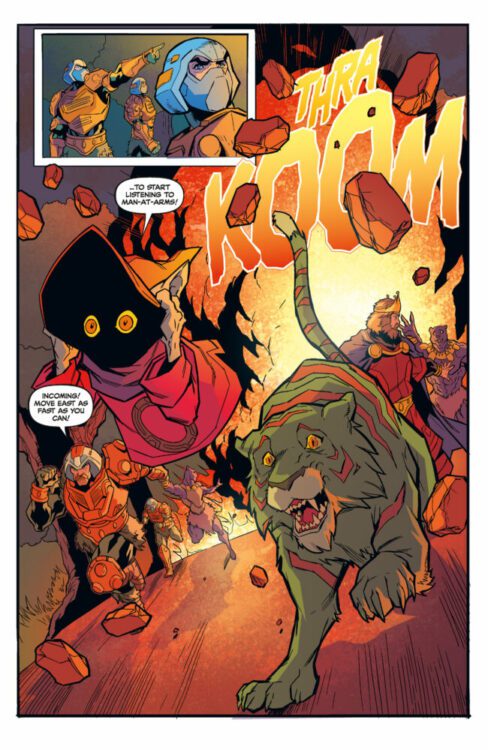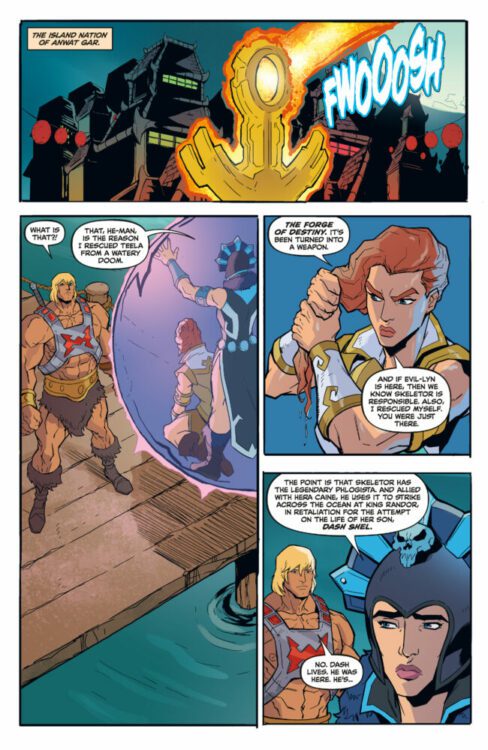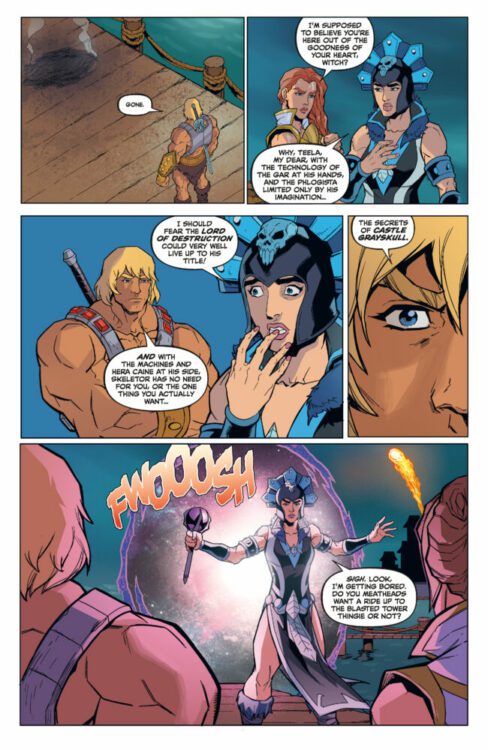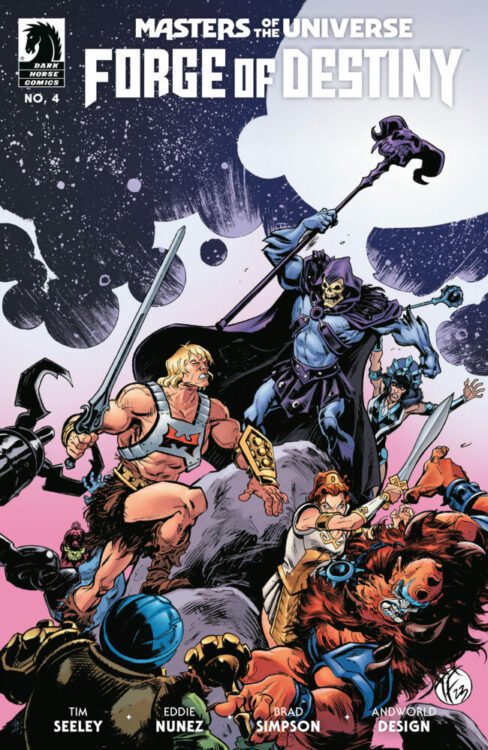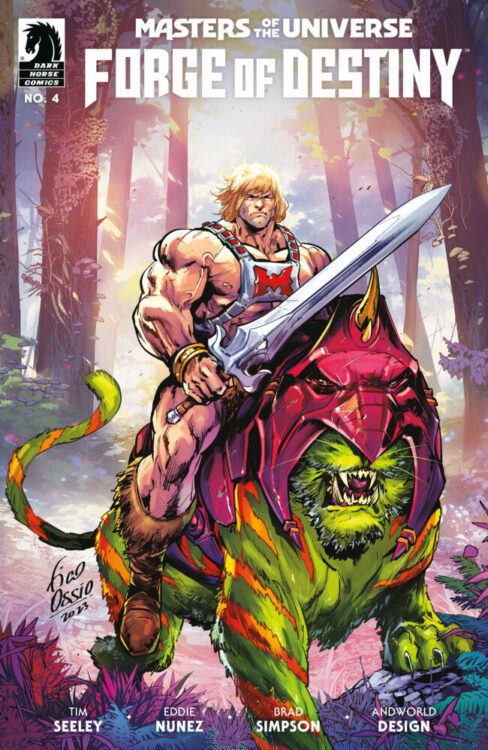The premise is simple: read one comic every day for the entire year. It seems like a simple task but there is no way that I read 365 comics last year, even if you count the individual issues in collections. So, this year, I am committing myself to this reading challenge, in the hope that I can broaden my reading habits and fully engage with my favorite hobby again.
Despite covering three weeks, this post will not be very long. After recent reads, I wanted to pick up something with an epic feel — a long, ongoing story that filled a number of comics but was different to the broken connectivity of Fear Itself.
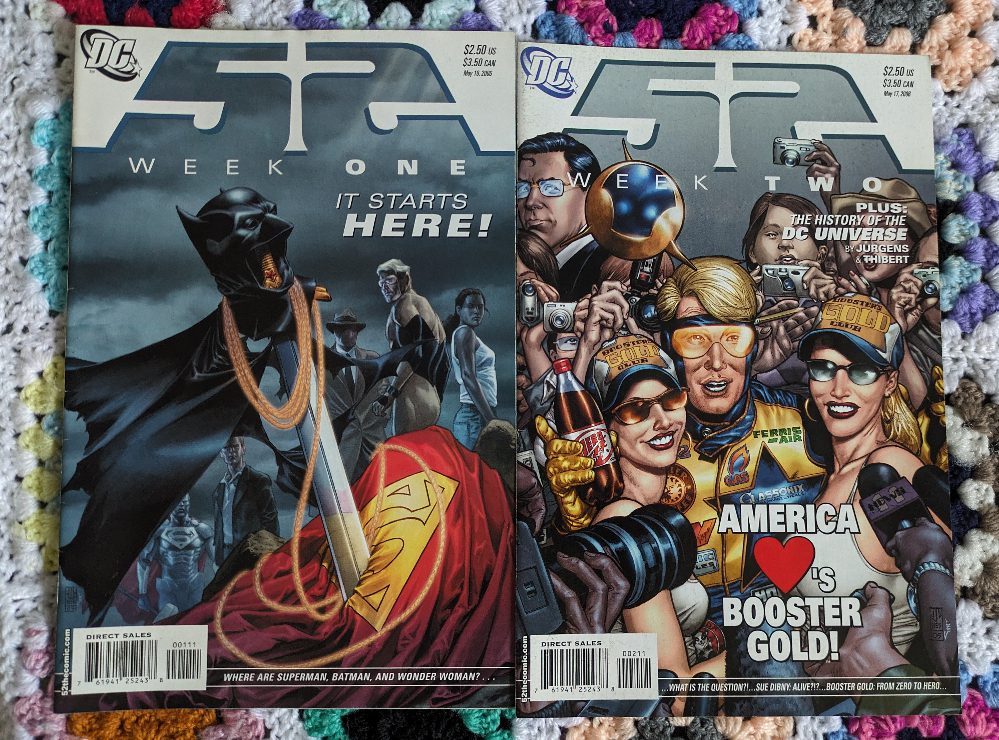
Credit: DC Comics
My initial choice was DC’s 52, a year-long weekly comic that bridged the gap between Infinite Crisis and the reboot series that appeared in 2006. The series is jointly written and illustrated by a number of the creators working for DC at the time and, on occasion, you can tell. I only got two issues in before changing my mind: not because I think there is anything wrong with the comic, I know it has its detractors just like any superhero story, but because I am not in the mood for superheroes. And that can really effect the enjoyment of a comic.
A lot of what I know about certain characters in the DC Universe comes from reading 52. I’ve not read any other Booster Gold comics, or Plastic Man, and my reading of The Question is very limited. There is an interesting murder mystery playing out in the pages of 52, and a world without the three most famous heroes is a fascinating one. The concept is sound, if a little pretentious, but its main flaw is trying to introduce a new universe to old and new readers and never really finding a comfortable balance between the two. It somehow manages to alienate everyone instead of appealing to everyone. Except me, obviously, because it is a series I have read a few times and, when I am in the mood, I would happily re-read.
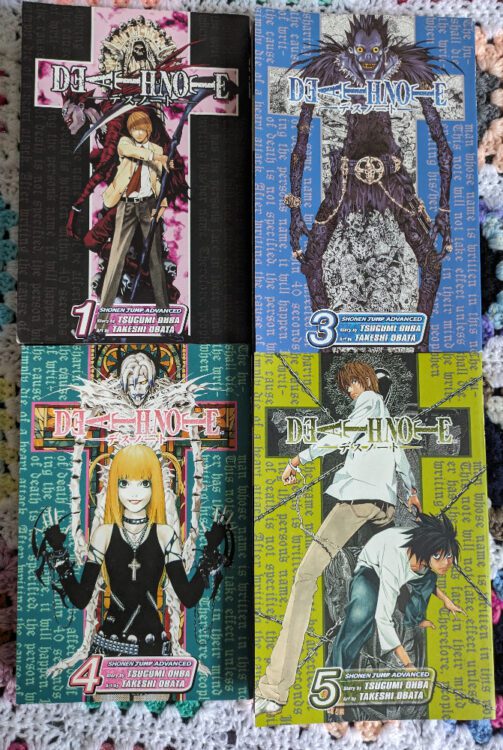
Credit: Viz Media
Attempt to find an epic comic series number 2: ‘Death Note’
I have, so far, worked my way through 5 books out of the 12 (15?) that makeup the entire story of Death Note. The versions I own are the pocket sized, Shonen Jump collections published by Viz Media starting in 2005. The series is written by Tsugumi Ohba and illustrated by Takeshi Obata and was first published in Japan in 2003. It became an international sensation, partly for the engrossing story and energetic artwork, but also because of the moral ambiguity and teams of morbid fans who obsessed over the merchandising.
The basis of the narrative is: if you could kill anyone at anytime without consequence, what would you do? In the comic, Light Yagami finds a Death Note, a notebook belonging to a god of death (Shinigami) and soon realizes he can kill people indiscriminately. He chooses to focus his attention on criminals, those he feels do not deserve to live, but this draws attention from L, an independent, international crime fighter (think a modern day Sherlock Holmes). And so the battle of wits between the two characters begins.
Death Note is a great series. It is aimed at a young adult audience, which is why it is taking me longer to get through. There are bits that, to me, are a little cliched or twee, but younger readers would love the romance and the childish bickering. The main appeal for me are the designs for the Shinigami and the way that the narrative handles the moralistic elements of the story. At the center of it all is quite a dark, serious question: Does anyone have the power to make a decision about whether someone deserves to live or die? This aspect of the comic is not only the driving force behind the narrative but also the point of contention for those who spoke out against the comic. When taken as a complete narrative, the creators deal with the moral aspect in a mature and responsible way, in isolation, however, a single volume could easily be used to show the glorification of violence and murder.
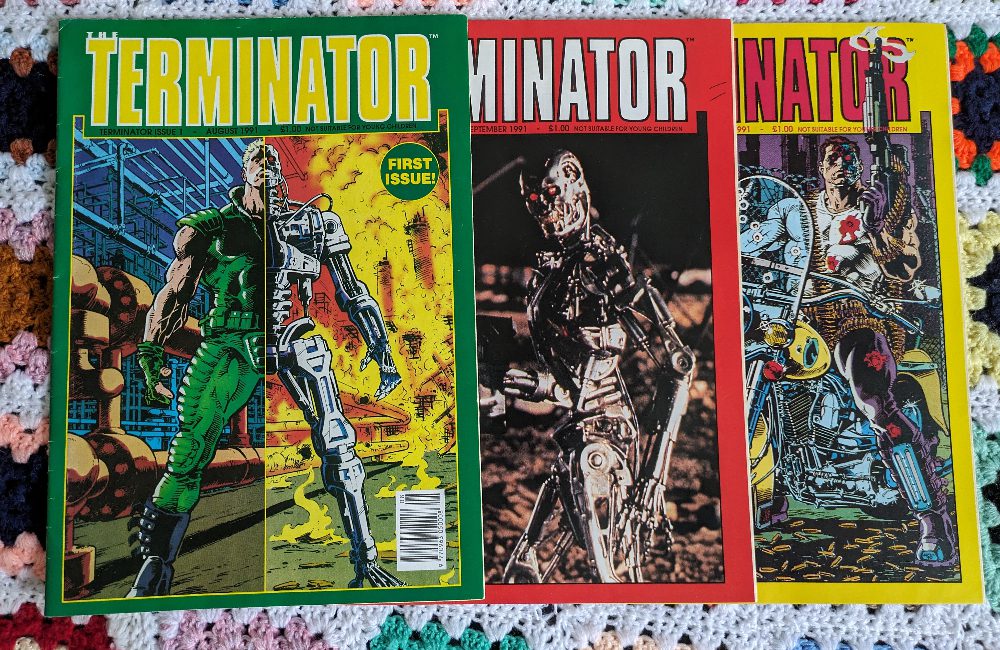
Credit: Trident Comics
Attempt to find an epic comic series number 3: The Terminator
Although I am enjoying my read through of Death Note, reading the volumes back to back is difficult. Reading one every month allows each one to breathe and doesn’t overwhelm you as a reader, so that’s how I’m going to read the remaining volumes. And I just watched the remake of RoboCop with my son, so I had a hankering for some cyborg action. You’d think that I might pick up the Marvel RoboCop series that ran in the early 1990s but no, The Terminator comics from the same period suit my taste more. Plus, there is the epic crossover at the end of the run, which I will get to in a minute.
In 1991, Trident Comics repackaged a number of American comics and released them into British shops. The had Batman collections, Aliens comics, and, of course, The Terminator. The monthly comic at first reprinted a single American comic and included a few adverts, nothing more. But it soon became like the other UK titles, with backup stories, articles, and letters pages, however the comics were always focused on the Terminator franchise.
The first few stories followed a new group of time travelers who journey back in time to stop either the rise of Skynet, or stop the human rebels from stopping the rise of Skynet. The stories are action packed with some great artwork that is ideal for the franchise. The first story has Chris Warner on pencils and Paul Guinan on inks and between them they perfectly capture the feel of the original movie. The desolation of the future and the seedy present are reflected in both the narrative (written by John Arcudi) and the artwork. On the face of it, the comic doesn’t venture into any new territory and is a reflection of the movie. However, as the comic progresses, with different writers and artists, different aspects of the original concept are explored. The internal struggles of a human/Terminator hybrid question what it means to be human; the contrast between present and future makes one character doubt her actions; and self preservation overrides doing what is best for humanity.
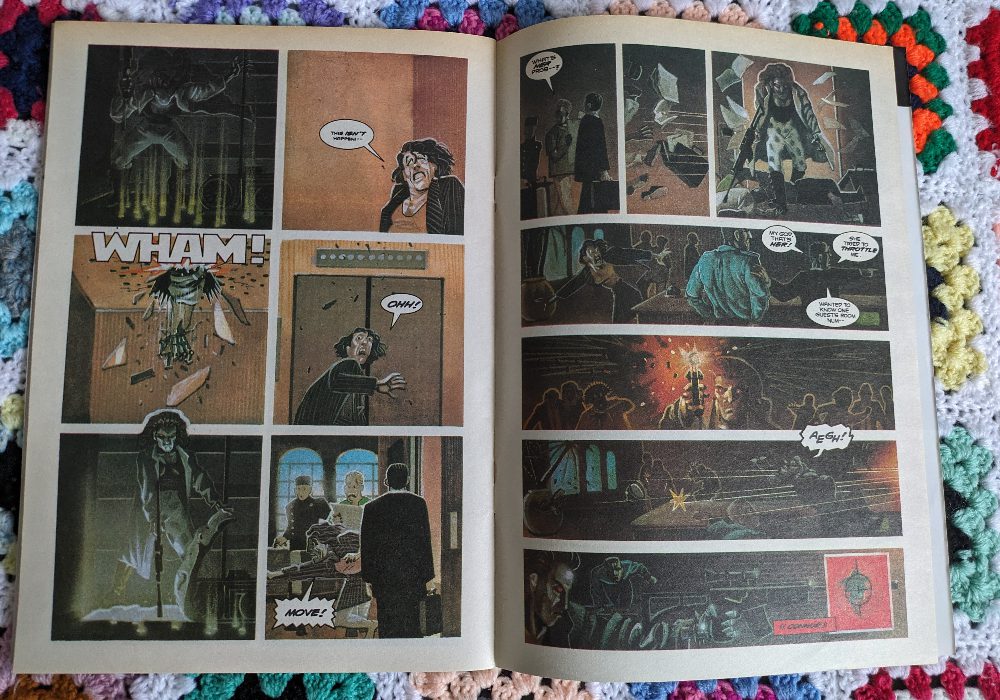
Within the pages of The Terminator, there are a number of backup stories that focus the action on different characters and are drawn in different styles. One Shot (which started in issue 7), written by James Robinson and illustrated by Matt Wagner and Pat Brosseau, tells the story of a backup Terminator who is sent back in time and attempts to kill the wrong Sarah Conner. The artwork is very different to the main story and received some criticism in the letters page but it suits a story where there are no real heroes and you actually find yourself rooting for the killer cyborg.
By far the most interesting story in the UK run of The Terminator has to be the RoboCop Vs Terminator reprint. This was written by Frank Miller and illustrated by Walt Simonson and does exactly what you would expect from Miller with these two iconic characters. Miller’s voice is there on every page, with his trademark broken voice-over leading the characters through a time altering adventure of death and destruction. You can’t help but read each caption box in a gruff, defeated voice. However, there is surprisingly an ever present sense of hope throughout this story. The inclusion of RoboCop as the instigator of Skynet’s self awareness makes perfect sense, so does Alex Murphy’s desire to change what his future self is a part of.
One of my favourite aspects of this series is the ever changing future. Ripples from the past change the future slowly, allowing new outcomes and desperate moves to be made. It is a fascinating take on the consequences of time travel and is a step away from the predestined narrative in the original movie.
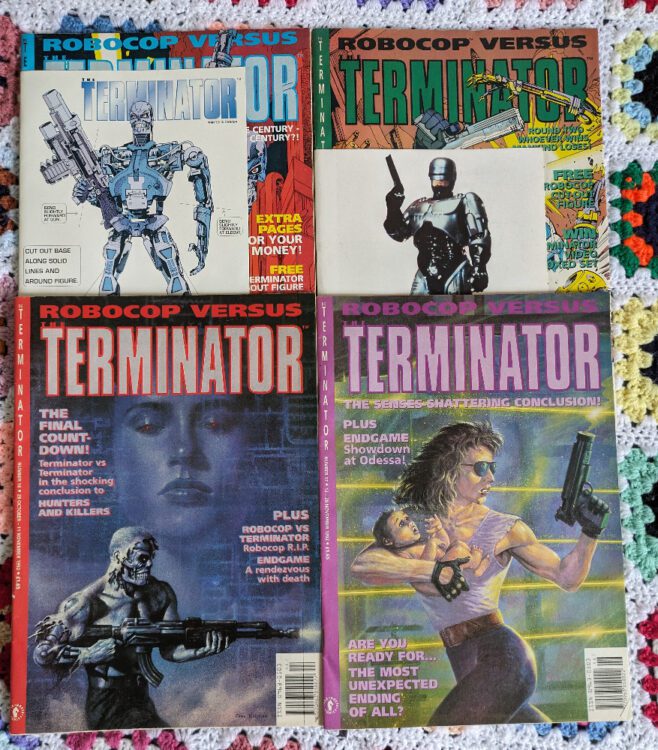
Credit: Dark Hose UK
That’s 3 weeks, 2 DC comics, 5 Manga books, and 17 issues of a UK publication (which was taken over by Dark Horse UK towards the end). I should have enough to cover off comics numbered 328 to 348.



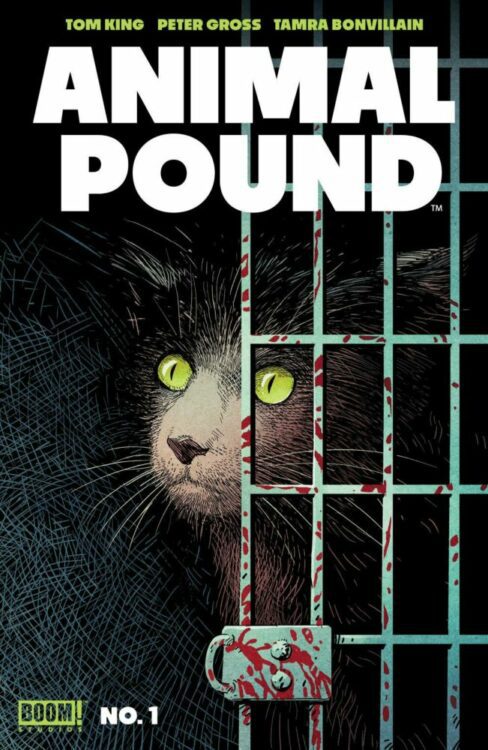
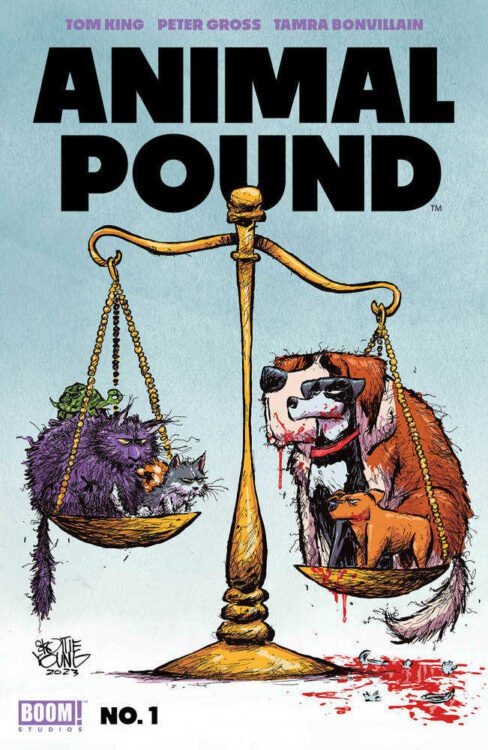
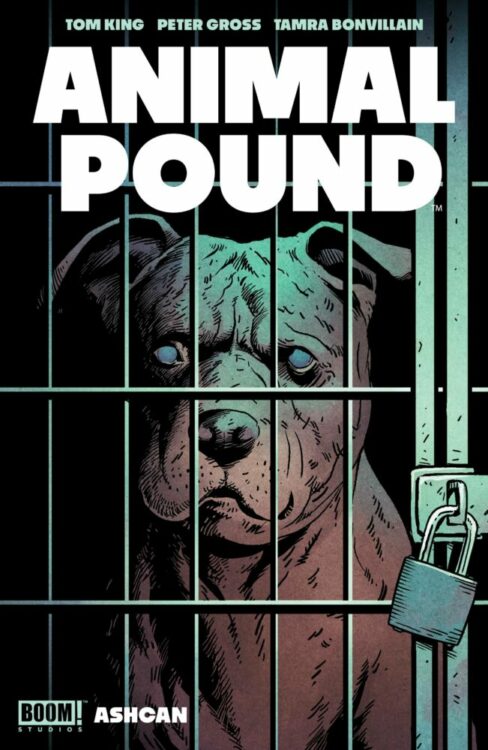

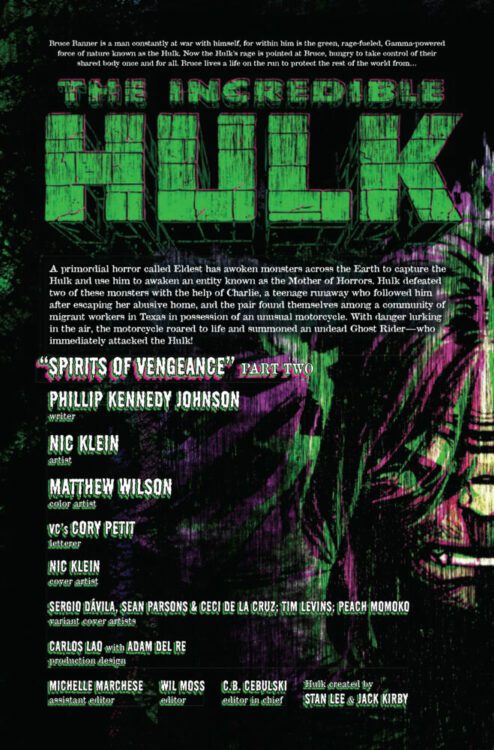
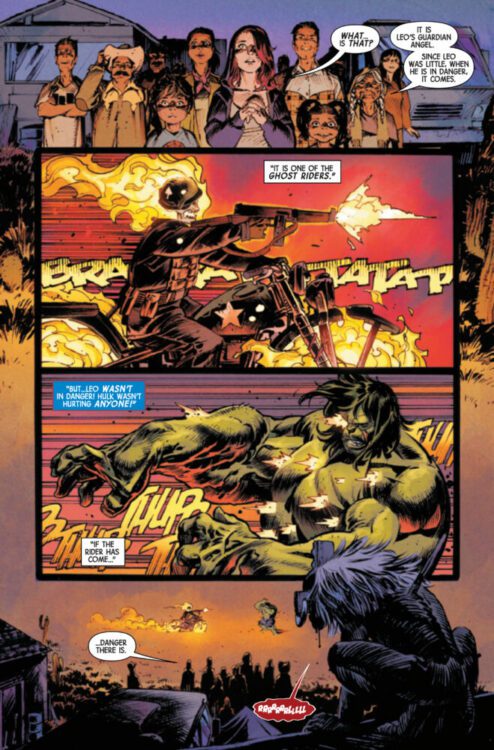
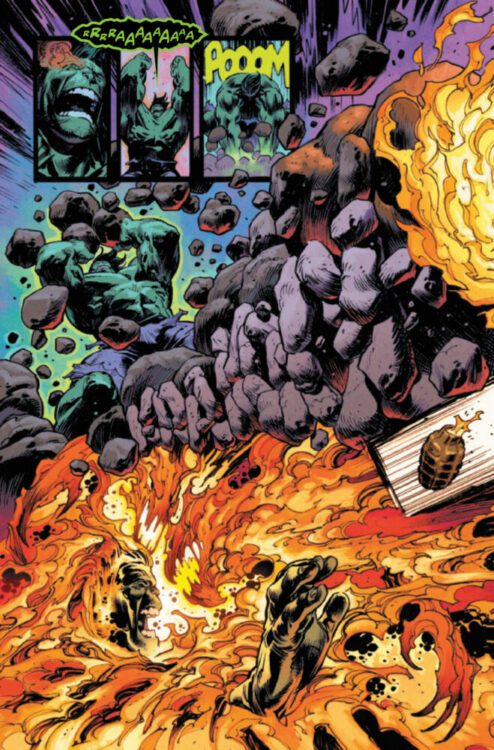
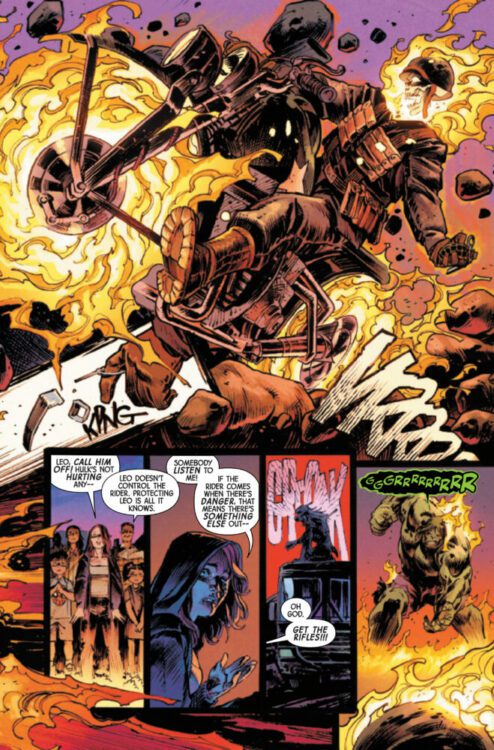
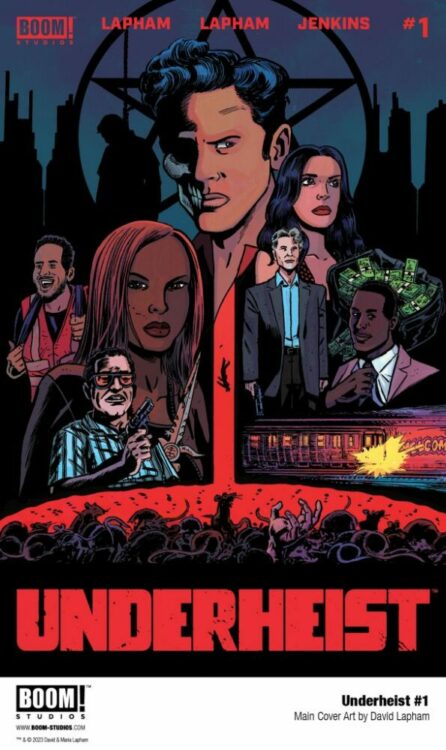
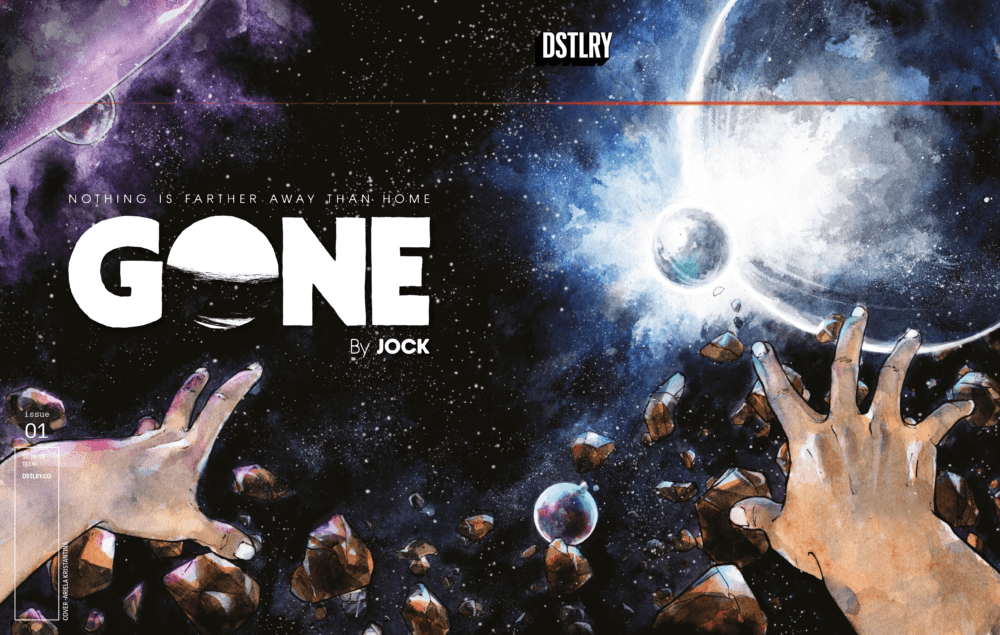
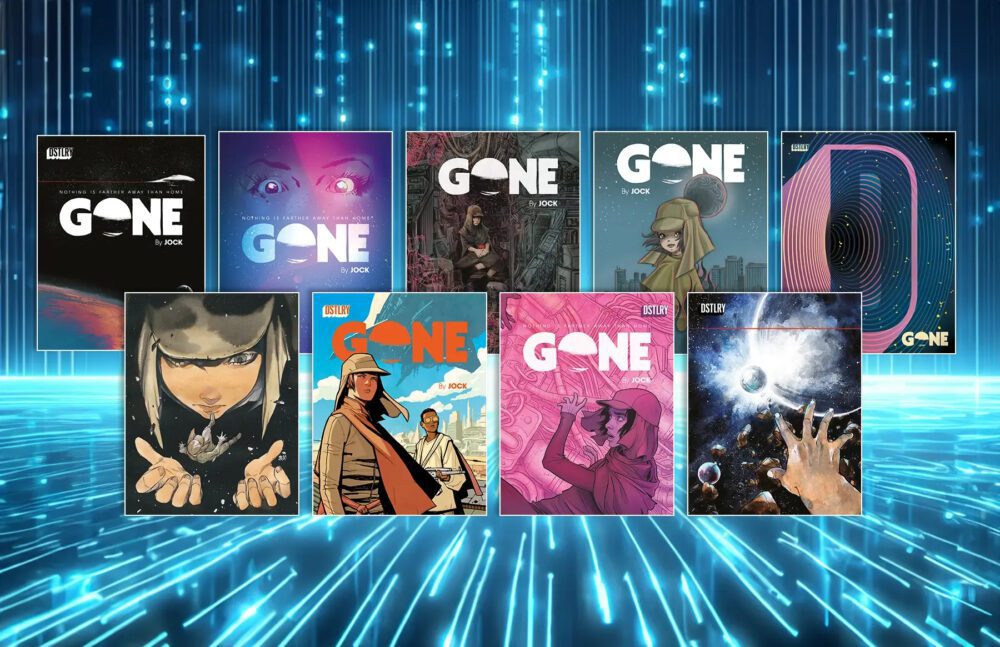 From renegade comics supergroup publisher DSTLRY comes the digital debut of Jock’s sci-fi epic with Gone #1. The highly sought-after and acclaimed opening issue is now available to read online on DSTLRY’s own v0.1 desktop reader beta at
From renegade comics supergroup publisher DSTLRY comes the digital debut of Jock’s sci-fi epic with Gone #1. The highly sought-after and acclaimed opening issue is now available to read online on DSTLRY’s own v0.1 desktop reader beta at 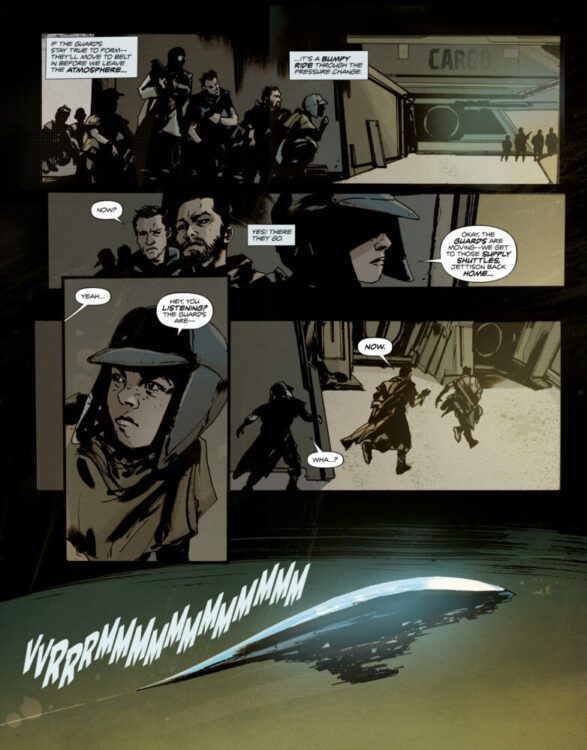
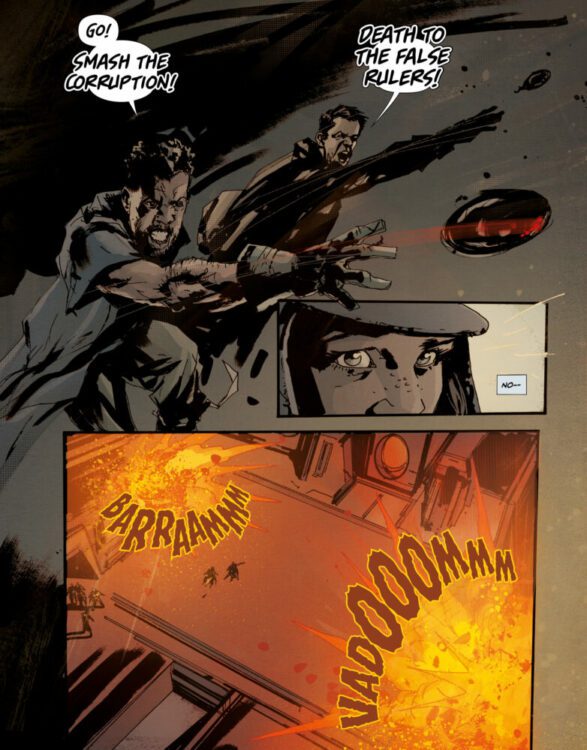
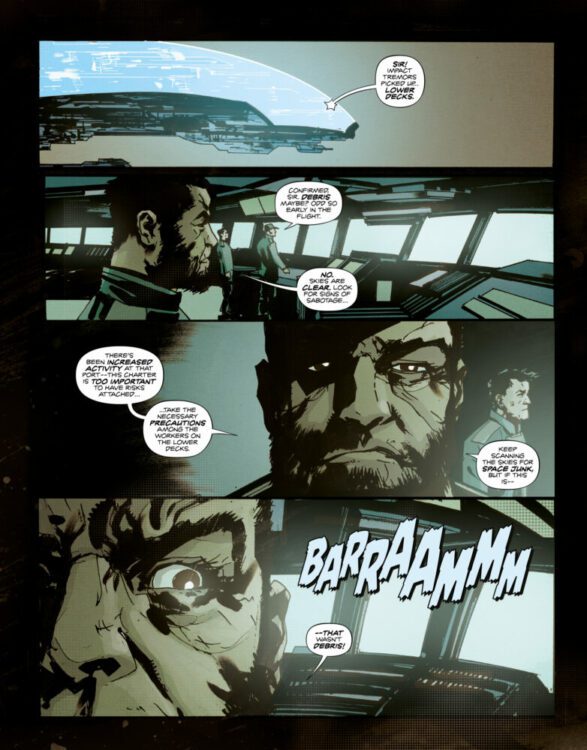
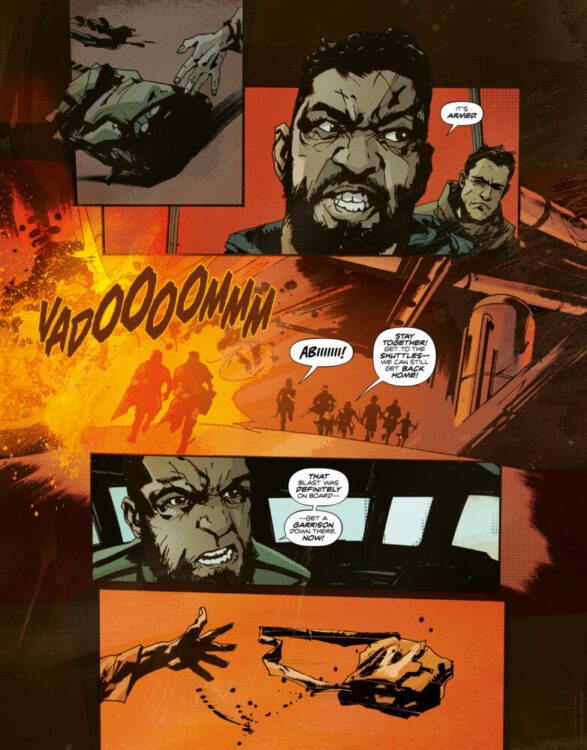
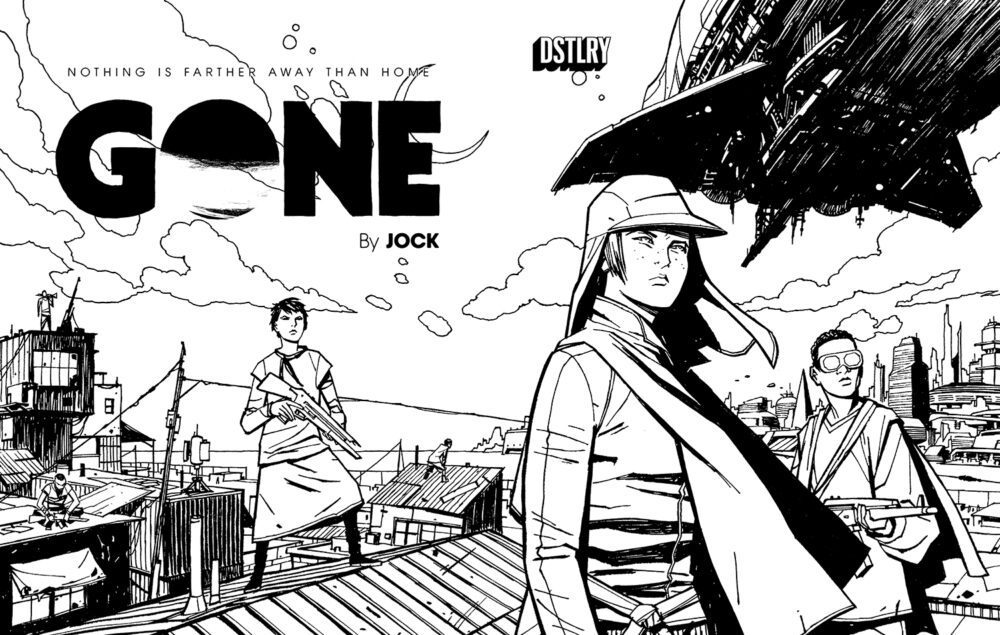
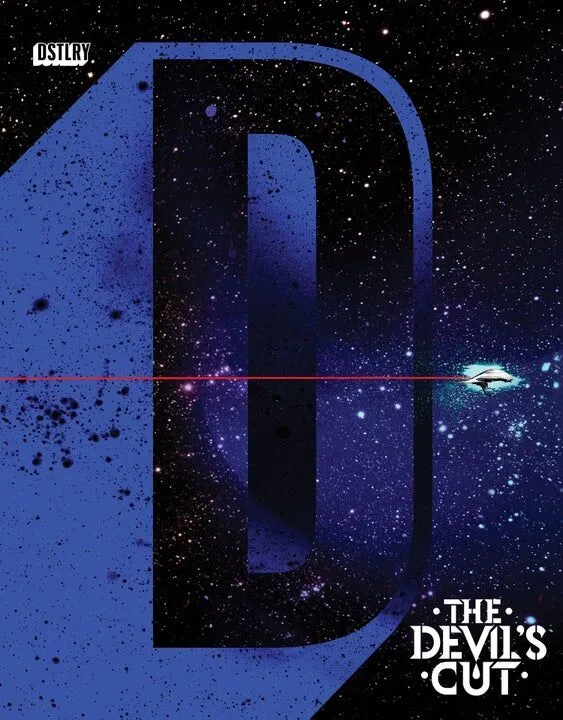
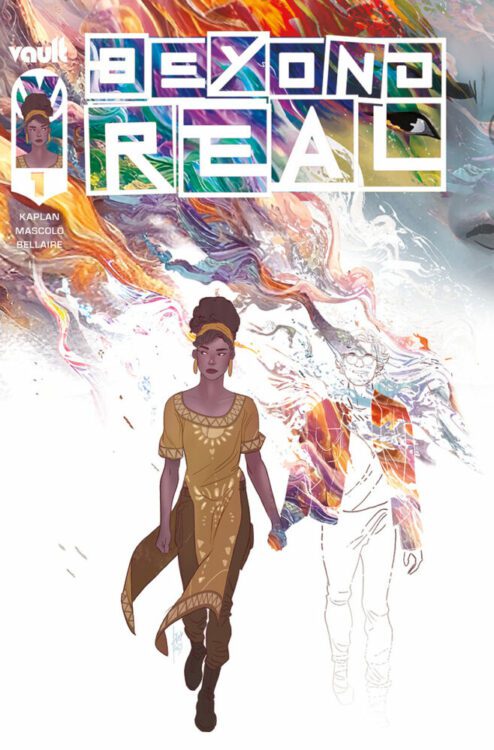
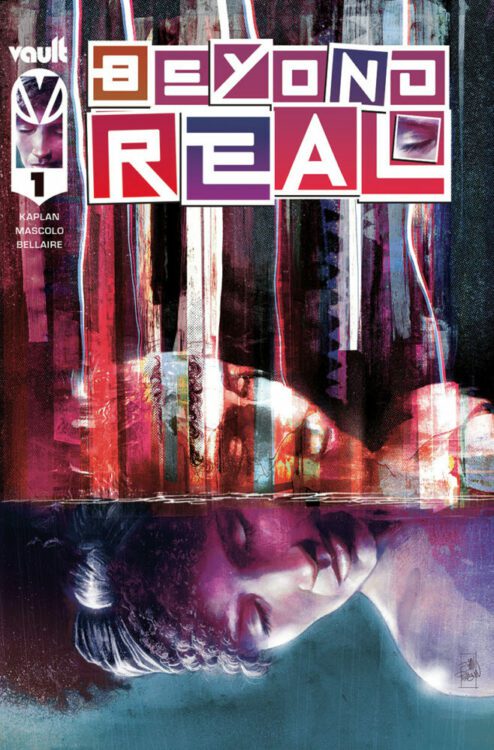
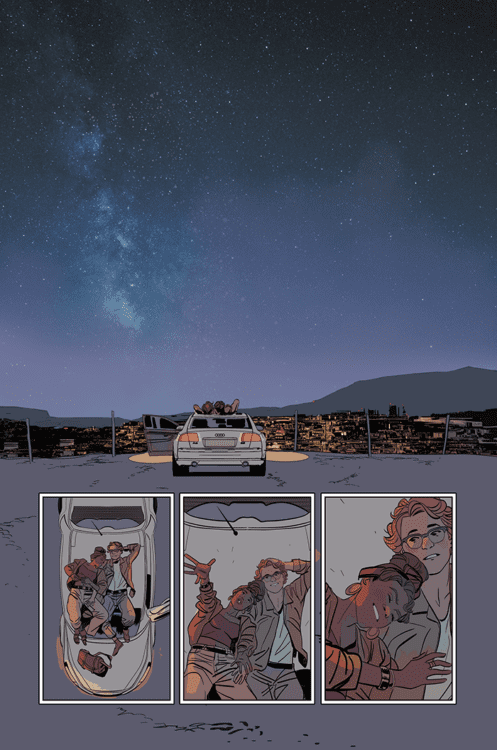
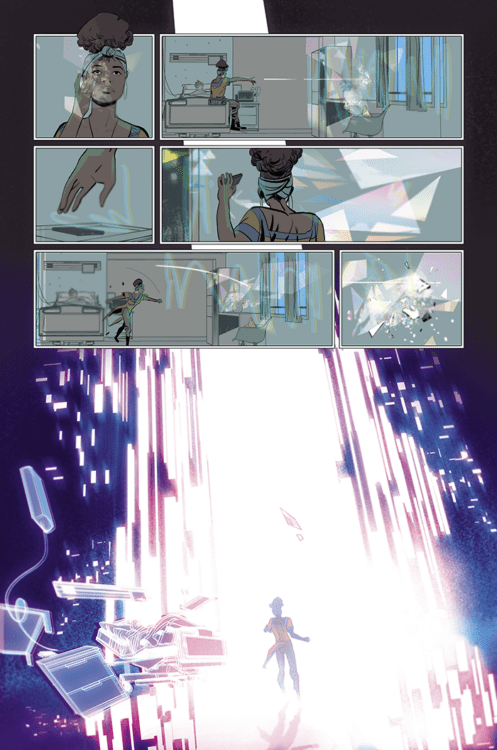
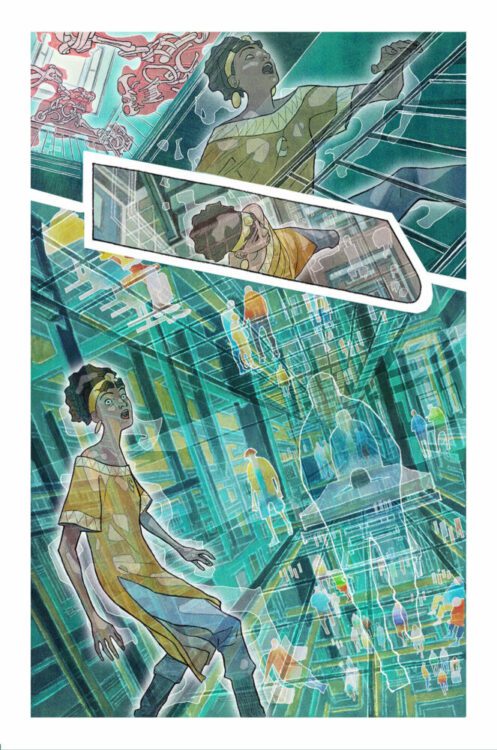
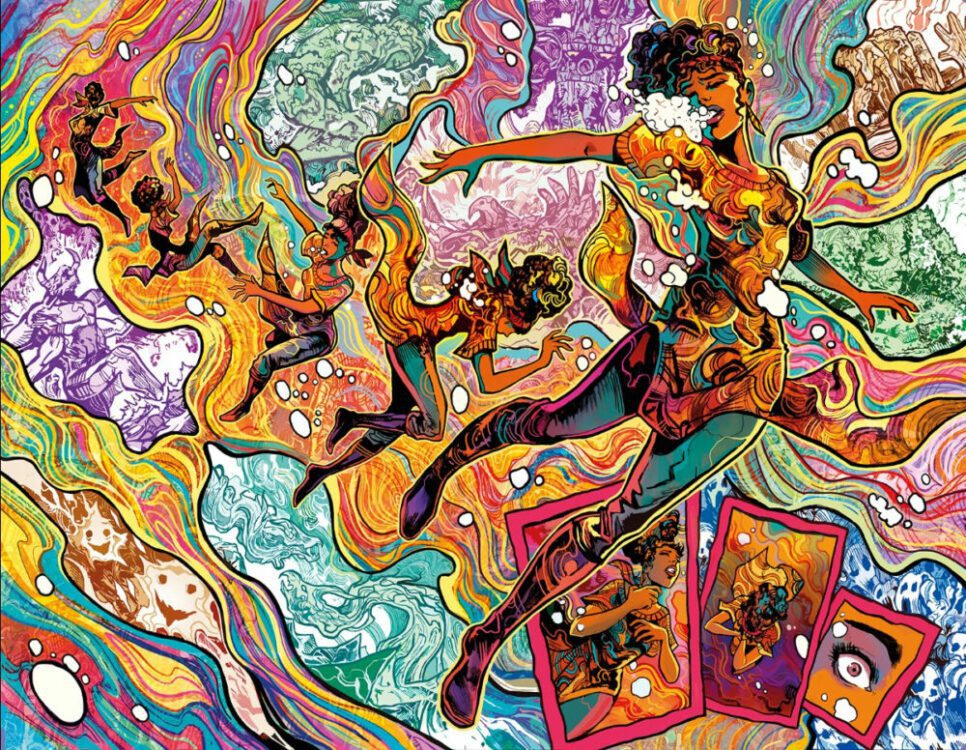
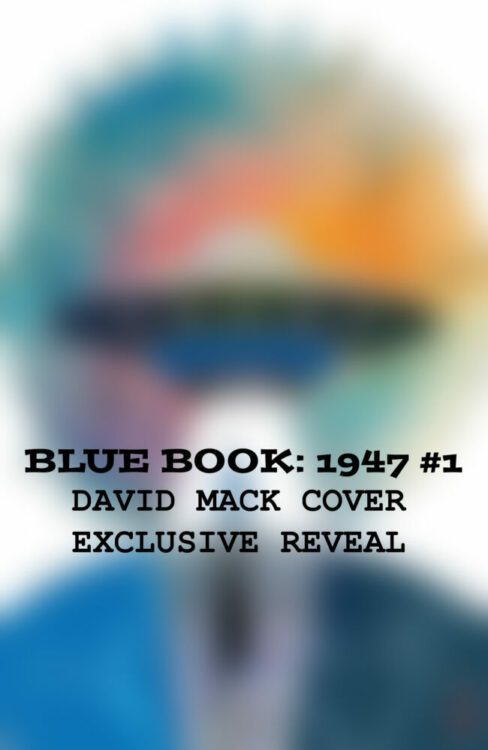
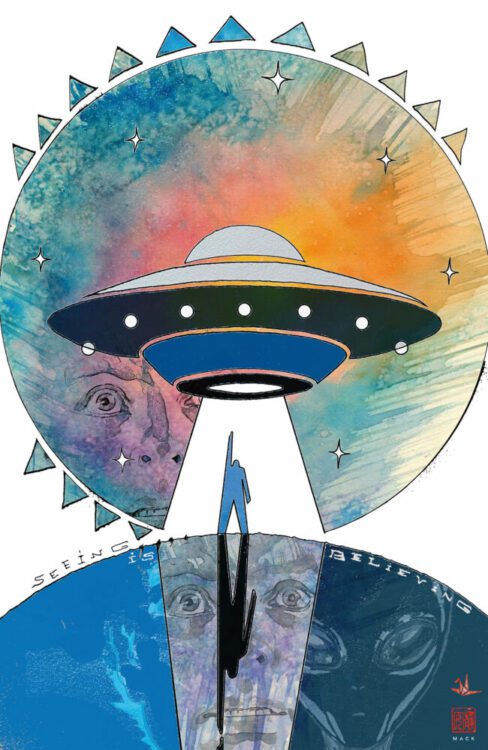
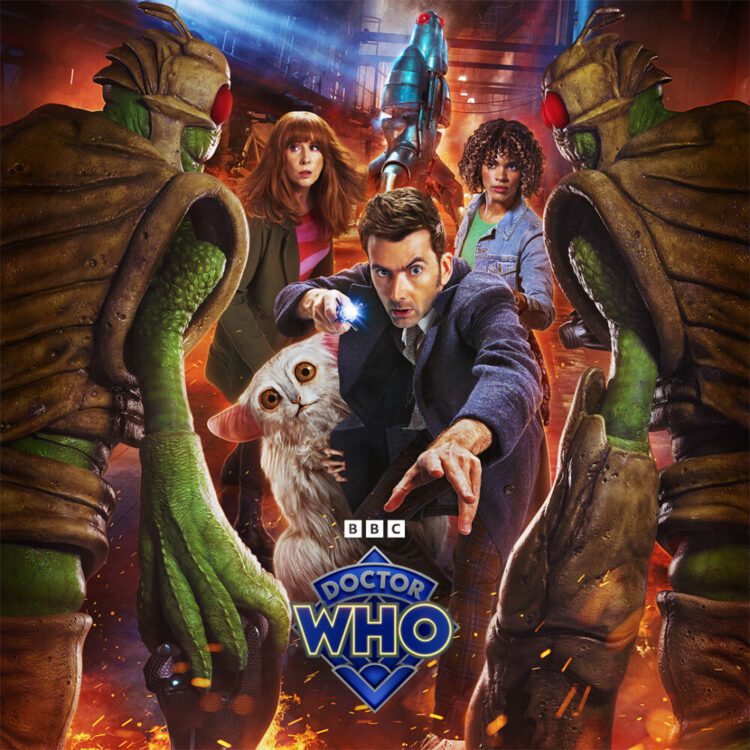
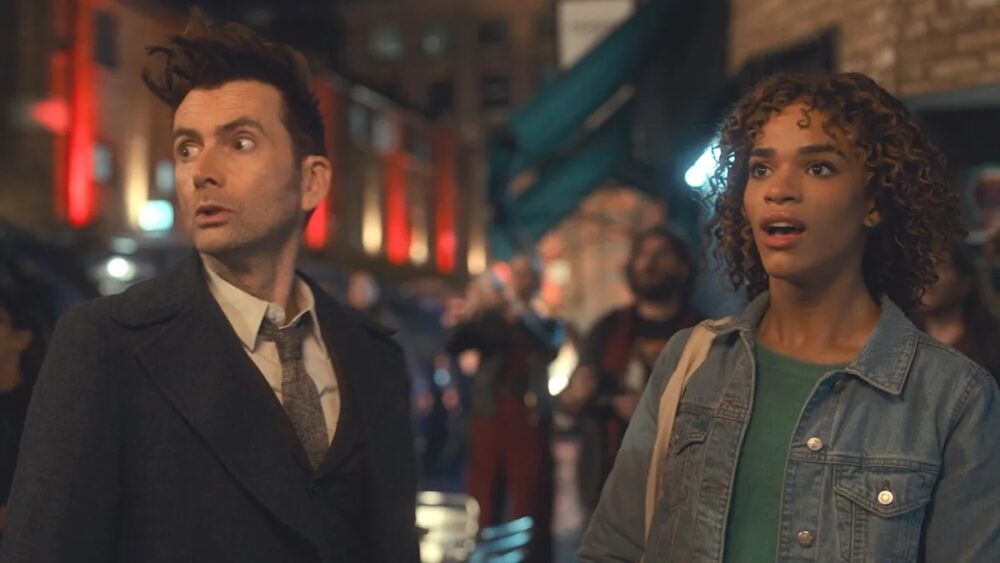 Russell T. Davies was instrumental in the show’s revival, and since leaving Doctor Who, he written a lot of well-received TV shows like A Very English Scandal, Years and Years, and It’s a Sin. He brings back some faith to fans who didn’t enjoy the Chibnall era.
Russell T. Davies was instrumental in the show’s revival, and since leaving Doctor Who, he written a lot of well-received TV shows like A Very English Scandal, Years and Years, and It’s a Sin. He brings back some faith to fans who didn’t enjoy the Chibnall era.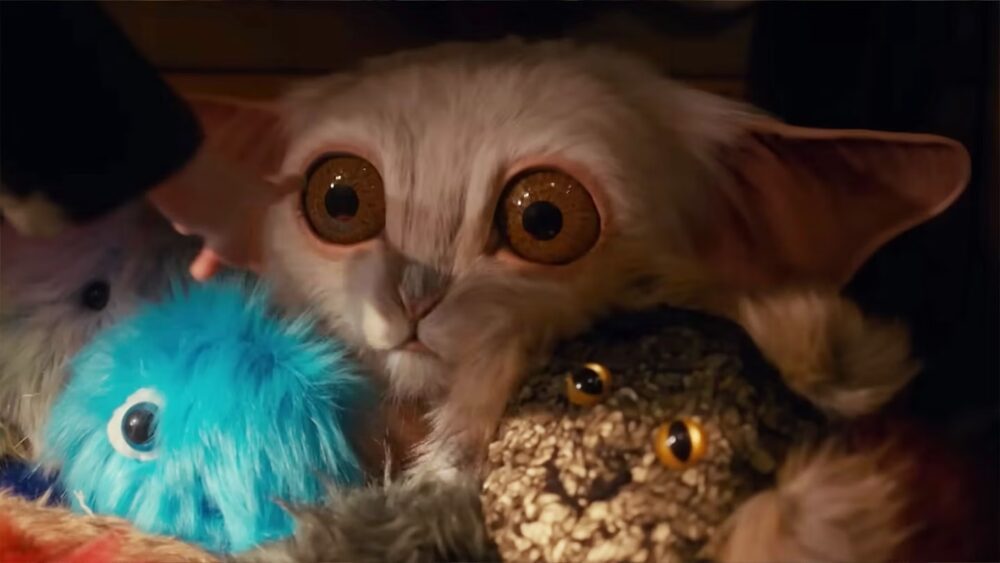 At the same time, “The Star Beast” continued a story from 15 years ago. This was the hook for long-time fans, especially fans who stopped viewing during the Chibnall era. There was a risk that revisiting the Doctor/Donna relationship could undermine the bittersweet conclusion back in Series 4. Yet this needed to be done because the specials needed a selling point of nostalgia. There was also a risk that bringing back David Tennant would be seen as desperate, but the Specials are setting up a mystery on why the Fourteenth Doctor regenerated with the Tenth Doctor’s face.
At the same time, “The Star Beast” continued a story from 15 years ago. This was the hook for long-time fans, especially fans who stopped viewing during the Chibnall era. There was a risk that revisiting the Doctor/Donna relationship could undermine the bittersweet conclusion back in Series 4. Yet this needed to be done because the specials needed a selling point of nostalgia. There was also a risk that bringing back David Tennant would be seen as desperate, but the Specials are setting up a mystery on why the Fourteenth Doctor regenerated with the Tenth Doctor’s face.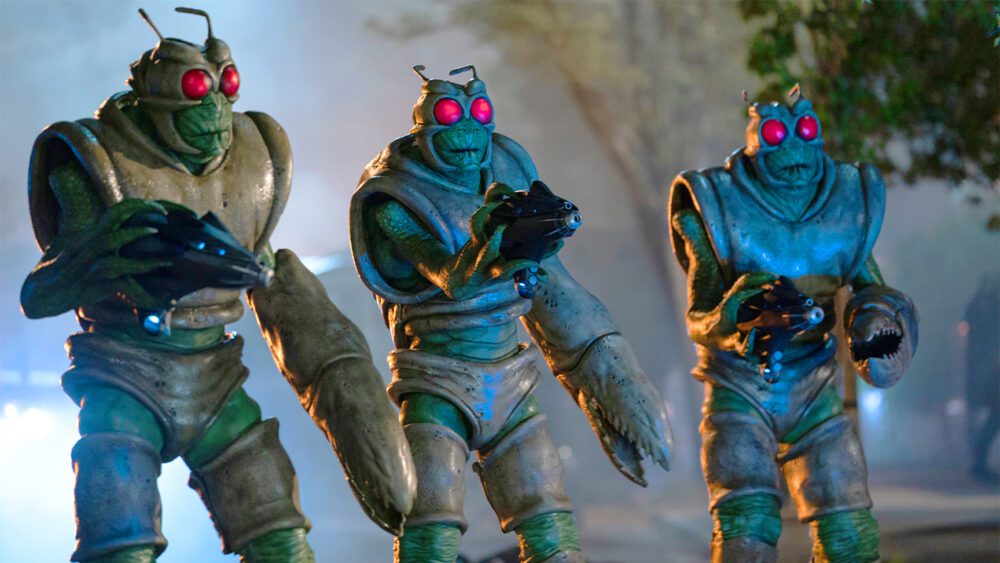 Another issue some audiences had with Chibnall was his political messaging and how ham-fisted it could be. “Orphan 55” was a prime example of this since it forced a message about Climate Change when it didn’t fit the story. Those commenters who declared the show as being “woke” under Chibnall are still going to hate it under Davies. Davies is an openly gay man, and LGBTQ+ themes have been a presence in his shows. Years and Years and It’s a Sin were politically charged mini-series, and with “The Star Beast” he incorporated trans themes. Rose and her trans identity became an important plot point. There was also some grounded drama involving Rose since she was bullied because she recently came out as trans and even her family was still adjusting. It added a little bit of reliability to the Special, and it felt natural to the story.
Another issue some audiences had with Chibnall was his political messaging and how ham-fisted it could be. “Orphan 55” was a prime example of this since it forced a message about Climate Change when it didn’t fit the story. Those commenters who declared the show as being “woke” under Chibnall are still going to hate it under Davies. Davies is an openly gay man, and LGBTQ+ themes have been a presence in his shows. Years and Years and It’s a Sin were politically charged mini-series, and with “The Star Beast” he incorporated trans themes. Rose and her trans identity became an important plot point. There was also some grounded drama involving Rose since she was bullied because she recently came out as trans and even her family was still adjusting. It added a little bit of reliability to the Special, and it felt natural to the story.